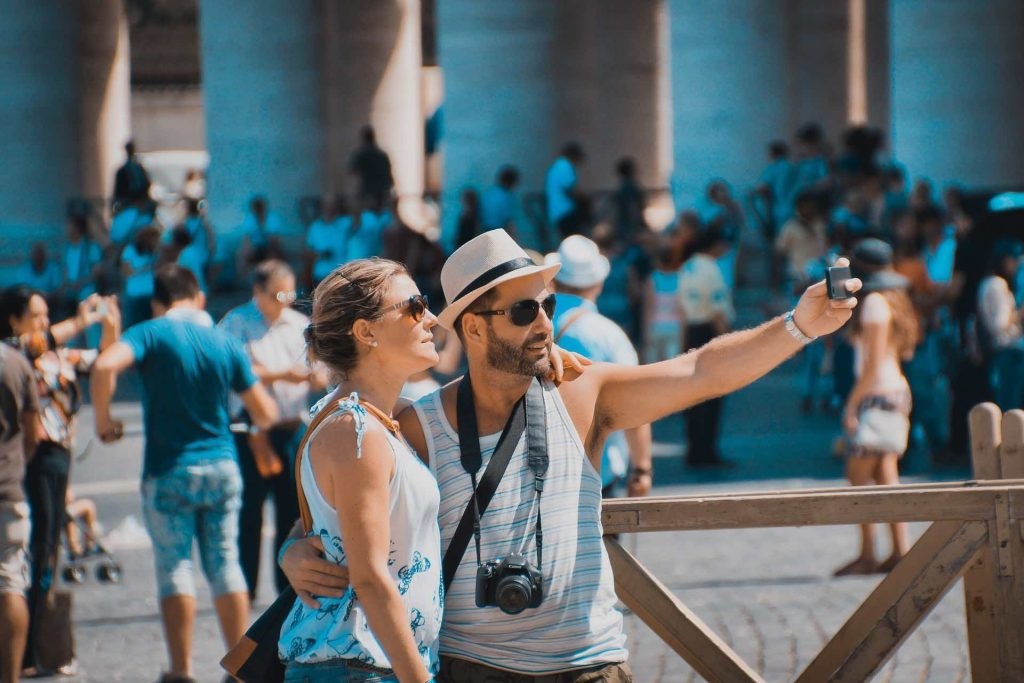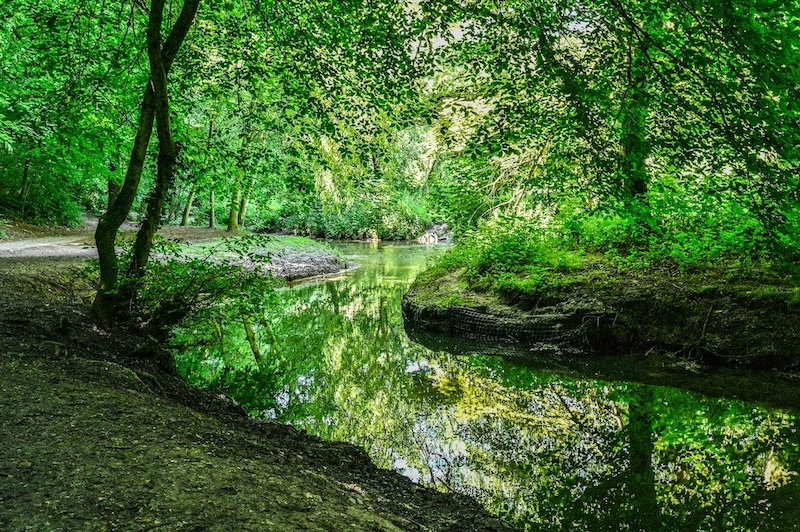What’s in a name? Philosophers and keen linguists would have a field day on the word ‘Skagen’. To Swedes, it triggers a Pavlovian response as the famed culinary mainstay of prawns and fish roe on toast. To Danes, the same word is foremost a fishing port and tourist spot in the far-north of their country.
For the rest of the world, Skagen is synonymous with a colony of Bohemian painters drawn to the calm beauty and rare light of ‘The Skaw’, a 30km split of land jutting out from Denmark’s northern Jutland region.
According to English philosopher Bertrand Russell’s theory of definite descriptions, a noun like Skagen could easily qualify as a shorthand description of several things. But the tricky thing here is that the semantic meaning – based on how it is understood – differs markedly when you cross over into Sweden where it is better known as a fish dish, the famous ‘Toast Skagen’.
Any casual observer of history and migration knows how European languages have borrowed, begged and stolen their way into existence. So, the connection leading to the this dualism is not that hard to make. Neighbouring Scandinavian countries share history, culture and arguably language… the degree to which depends on whether you ask a Swede or a Dane!
1. Tourism Skagen
All that said, the Swedes are big fans of the town of Skagen as well. And tourist numbers indicate they are not alone. While fishing (especially herring and fish oil production) is still vital to the town’s port, tourism has become its biggest industry with some 2 million visitors reported every year.
Indeed, according to Skagen’s tourist office, 2022 is shaping up to be a bumper year. Overnight stays in May broke through the 255,300 mark, a town record and significantly higher than the same month pre-Covid (i.e. May 2019 recorded over 219,400).
“Initially attracted by its associations with the Skagen Painters, well-to-do visitors sought to benefit from its special light, colour and its fishermen,” notes Wikipedia rather plainly.
Today, its iconic port warehouses and yellow cottages give the town a genteel yet folksy feel. Galleries, eateries and odes to the famous visitors of a bygone era pepper the cosy streets. Popular with the sailing crowd from Norway, Sweden and Denmark, Skagen also attracts road, rail and cruise-ship travellers mostly from Germany.

Yet the major drawcard to the town and region remains its connection with a group of then lesser-known and mostly Scandinavian artists who populated the area from the mid-1870s through to the 19th century. They were drawn by the evening light, the wind-swept dunes, wildlife and authentic fishing community far from the bustle of city life.
Preferring naturalist themes and often schooled in the French Impressionists’ plein-air style, the group initially revolved around the Dane Michael Peter Ancher and later the Norwegian-born but local-at-heart Peder Severin (P.S.) Krøyer.
“The artists’ colony in Skagen emerged the very same year as Impressionism, but that is where the similarities end,” stresses Skagen Art Museum, pointing out that they were mostly realists and naturalists with diverse interests in everything from portraiture to theatre art. “Impressionism seemed extreme to many of them,” the Museum clarifies.
This year, they feature Krøyer’s work alongside his muses in a temporary exhibit ‘Krøyer and Paris, French connections and Nordic Colours’ (until 18 September), a collaboration with the Musée Marmottan Monet in Paris.
His recognisable 1893 painting ‘Summer evening on Skagen’s south beach’ – with fellow artists and respective wives Marie Krøyer and Anna Ancher taking a twilight beach stroll – captures the natural aesthetic of the time.

“The nuances of light at various times of the day in different weather conditions inspired Krøyer and the other Skagen painters,” explains the Museum, who included Swedes Oscar Björck and Johan Krouthén, Norwegians Christian Krohg and Eilif Peterssen, and a handful from Denmark including Karl Madsen, and Thorvald Niss.
Together, surrounded by converging seas and wild, virgin nature they began to “depict the real world without embellishment or idealism”. Writers, architects and intellects were also associated with the Skagen scene. All were known to frequent Brøndums Hotel, whose dining room has been reproduced as an exhibit within the nearby Museum depicting the town’s belle epoque.
There was plenty of hospitality, good food and drink, and an outlook on the world that made the artists feel welcome.
Skagen Art Museum
Works on display warmly reflect their relationship with the Brøndum family and other local characters. Additional town landmarks of that time include Ancher’s House and Drachmann’s House.
While cultural tourism is important, the vast sandy beaches attract families and traditional summer holidaymakers as well. Outdoorsy types are also lured by the distinctive natural setting with a number of well-marked paths for cycling and trekking.
Top spots in the area include Råbjerg Mile, the largest migrating dune in Denmark, and Skagen point (Skagens Gren) where two seas – Skagerrak and Kattegat – battle it out as they merge. A tractor bus, the ‘Sandworm’ (Sandormen), ferries people out to the point.

The famed 15th century ‘Sand-covered church’ (Den Tilsandede Kirke) of Saint Laurence – the seafarers’ guardian – is another popular attraction.

Skagen Festival, held since 1971 on the first weekend of July, draws fans of folk music “in all its guises” including folk/rock, jazz, blues and more. Meanwhile, Skagen Bird Festival attracts keen birdwatchers looking to spot countless species migrating between their European breeding grounds and Africa where they spend the winter months.
The Grey Lighthouse (Grå Fyr) offers more information and a bird’s eye view (sorry about that one) of the landscape from the nearly 50m tower. The Skagen Odde Nature Centre has a neat introduction to the many natural wonders – combining sand, water, wind and light – as a backdrop to the town’s wider historical appeal.

2. Toast Skagen
Crossing back over the Kattegat, according to Sweden.se the famous Toast Skagen was created by a well-known restaurateur, Tore Wretman, who embraced Swedish culinary traditions during a time when home-cooking was “starting to fade away and be replaced by foreign fast food”.
Wretman elevated classic Swedish dishes to a fine-dining level. For his refined Toast Skagen, hand-peeling the shrimp is considered essential. Imported ‘pre-peeled’ alternatives are cheaper, but for those travelling on a budget, at least offer a good introduction to the Skagen experience.

Family recipes may vary but broadly the ingredients of a typical ‘Skagen’ serving four are:
- 4 slices of white bread
- 320g peeled prawns/shrimps
- 4 tbs mayonnaise
- 1 tbs Dijon mustard
- 150g whitefish roe (some use salmon roe)
- 50g fresh dill
- 4 slices of lemon
Alternatives include replacing the mustard with a dash of brandy for some tang and using sour cream together with or instead of mayonnaise.
3. Practical stuff
Rooms in Skagen can be hard to come by and sometimes pricey, so visitors planning to stay overnight are advised to book early or extend their search range for accommodation and camping options to the outlying areas. Alternatives further down the vast, sand-swept West coast can be explored, as too spots along the Ålborg Bay facing Sweden until the port town of Hals, where the river Lindholm flows into the sea.

Skagen can be reached by train from Ålborg – the northern Jutland region’s biggest city located around 100km away. There is an option to combine a Skagen outing with an extended city trip taking in Ålborg’s Modern Art Museum and Jørn Utzon Culture Centre (lovers of the Sydney Opera House will recognise this Danish architect’s name) and newly revitalised riverside area. Also close by is the Lindholm Høje Viking burial site and museum. Major highways, frequent national rail links and an airport serve the city.
Reservations for accommodation, attractions, restaurants and more can be made at Visit Skagen’s booking platform. Enjoy Skagen, the town’s official tourism office, can be found immediately opposite the port area.













